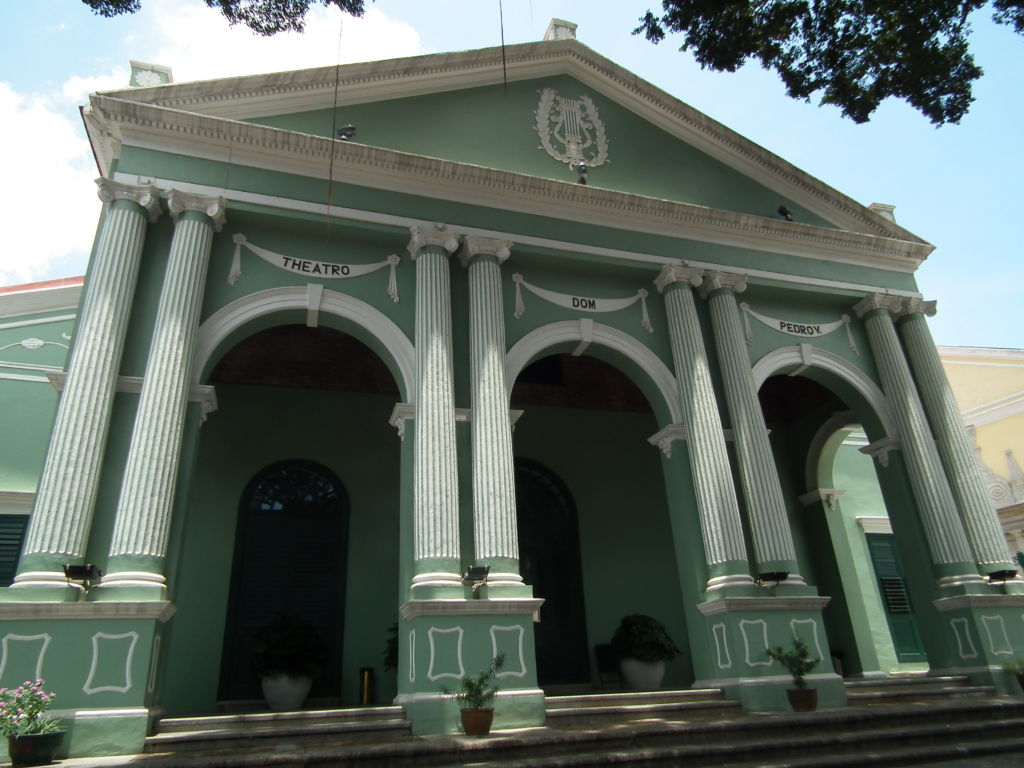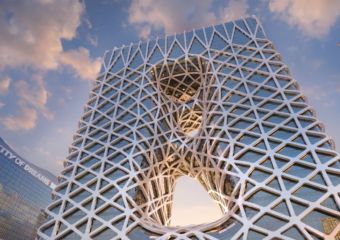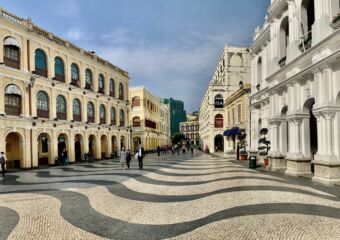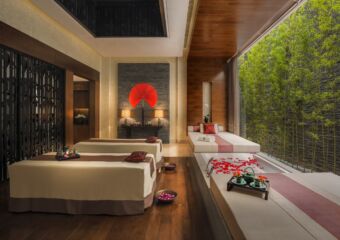Photo credit: Lienyuan Lee. Source: Wikimedia Commons
Dom Pedro V Theatre is one of Macau’s most beautiful landmarks without a doubt. The theatre is located at the Historic Centre of Macau, which is inscribed on UNESCO’s World Heritage List, making this a must-visit site on your tour of Macau! Do you know the history behind this notable sight in Macau and what’s been happening there since it first opened? Don’t worry because we’ll take you on a trip down memory lane, so come along on a historic stroll through Dom Pedro V Theatre’s illustrious past.
A First in China
Macau’s size might have everyone fooled, thinking nothing important took place here. This is, in fact, not true. This theater is the first Western-style theater to ever be built in China, thus setting a precedent for what was to come of Macau and the rest of the country. The decision to have this structure came from a collective of local minds. Until its inauguration, theatrical and other kinds of performances took place close to Rua da Prainha and Praia do Manduco (Barra area), at the former philharmonic assembly and some other public and private spots in town. According to “Efemérides da História de Macau”, by Luís Gonzaga Gomes, in 1854, there were several options on where to establish the theater, including an area close to where one can now see the Macau Military Club, and even a place close to the former S. Domingos convent. After a lot of searching, the commission finally got a hold of the field where the theater now stands, in Santo Agostinho, in front of the church with the same name.
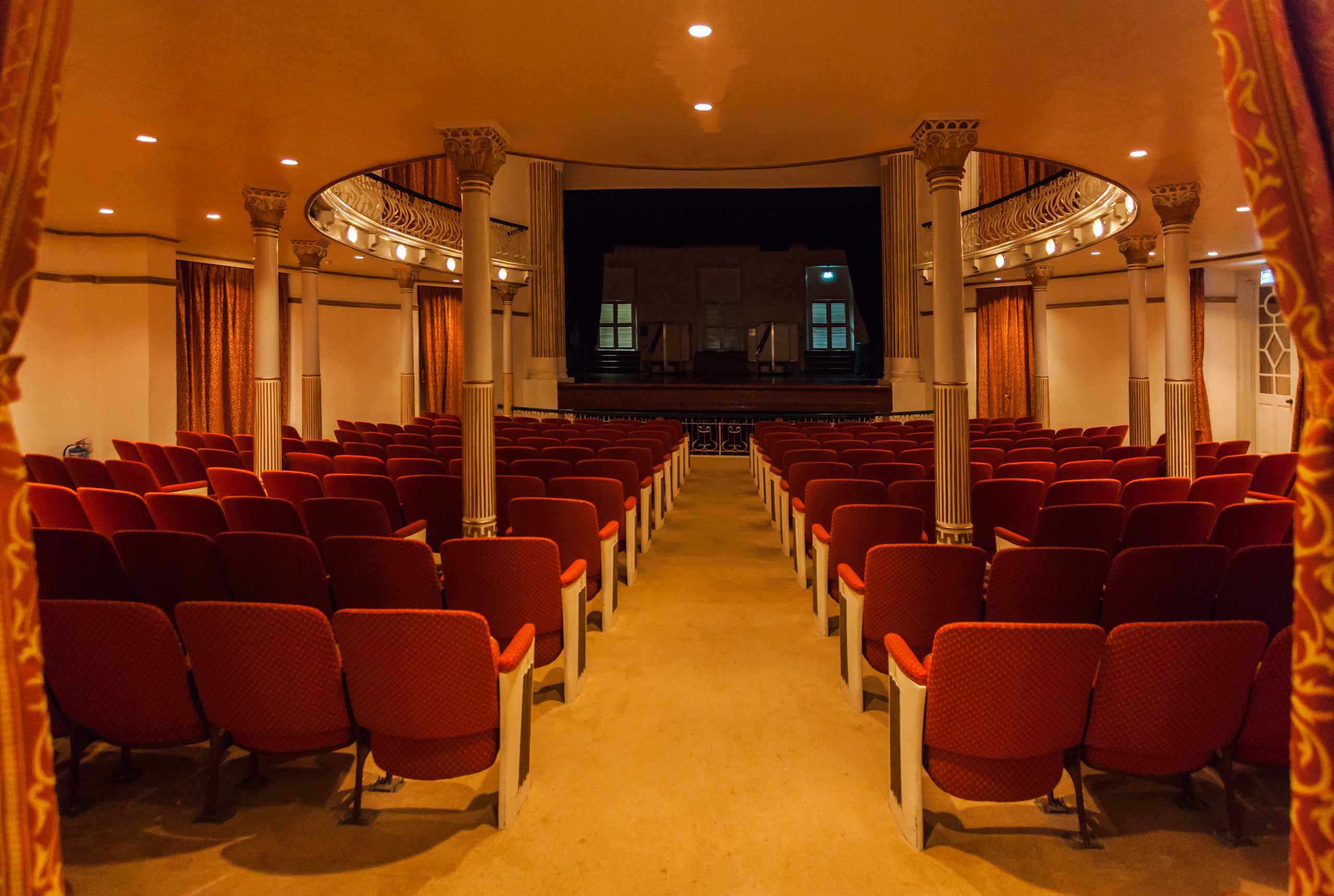
Photo credit: Diego Delso. Source: Wikimedia Commons
Built in 1860, it started as the main spot for opera and music concerts, but also dance performance. Besides the shows’ hall, there was a ballroom (where there was actual dance involved), but also reading and snooker rooms. The project–from 1858–is credited to Pedro Germano Marques (who also managed its construction), with the theater’s façade undergoing alterations by engineer António Alexandrino de Melo (also known as Barão do Cercal), and later being restored, in the start of the 20th century. Its concert hall seats 276 people and it’s probably one of Macau’s most beautiful indoor spaces: with pieces still dating from its early days, it inspires a sense of nostalgia and comfort.
After the Sun Comes Rain
Things took a turn in 1879 when the theater was to be pawned for bankruptcy, having been bought through a judicial auction in 1880. Clube União (literally translated into Union Club) and its members then acquired the space, becoming its owners–Association of the Owners of Dom Pedro V Theatre. Its statutes mentioned that their purpose was to keep the theater opened, servicing the Portuguese population in Macau. Another interesting fact on this spot is the relation of George Sminorff; besides lots of landscaping and paintings of the city, the Russian artist was, at a given time, in charge of designing backdrops for some of the theatrical performances.
Most shows were presented by touring groups that included Macau in its route, but also amateur artists. The theater also takes the stage when it comes to technological advancements: it was one of the first places to make use of a “phonographic device”, leaving audiences amazed with these novelties. In 1894, the theatre hosted several charitable events, namely recitals and even a party, amongst Chinese people (which was uncommon at that time in the theater) in celebration of the emperor’s mother’s anniversary.
However, the building was still demonstrative of a strong colonial power in place, bringing a certain degree of social separation, with expatriates and Macanese seated closer to the stage and locals in the seats behind, which is proven by the architecture projects prior to 1930. Most of the drafts show a foyer, seating area, central seats, stage and a specific area for the Chinese behind it.
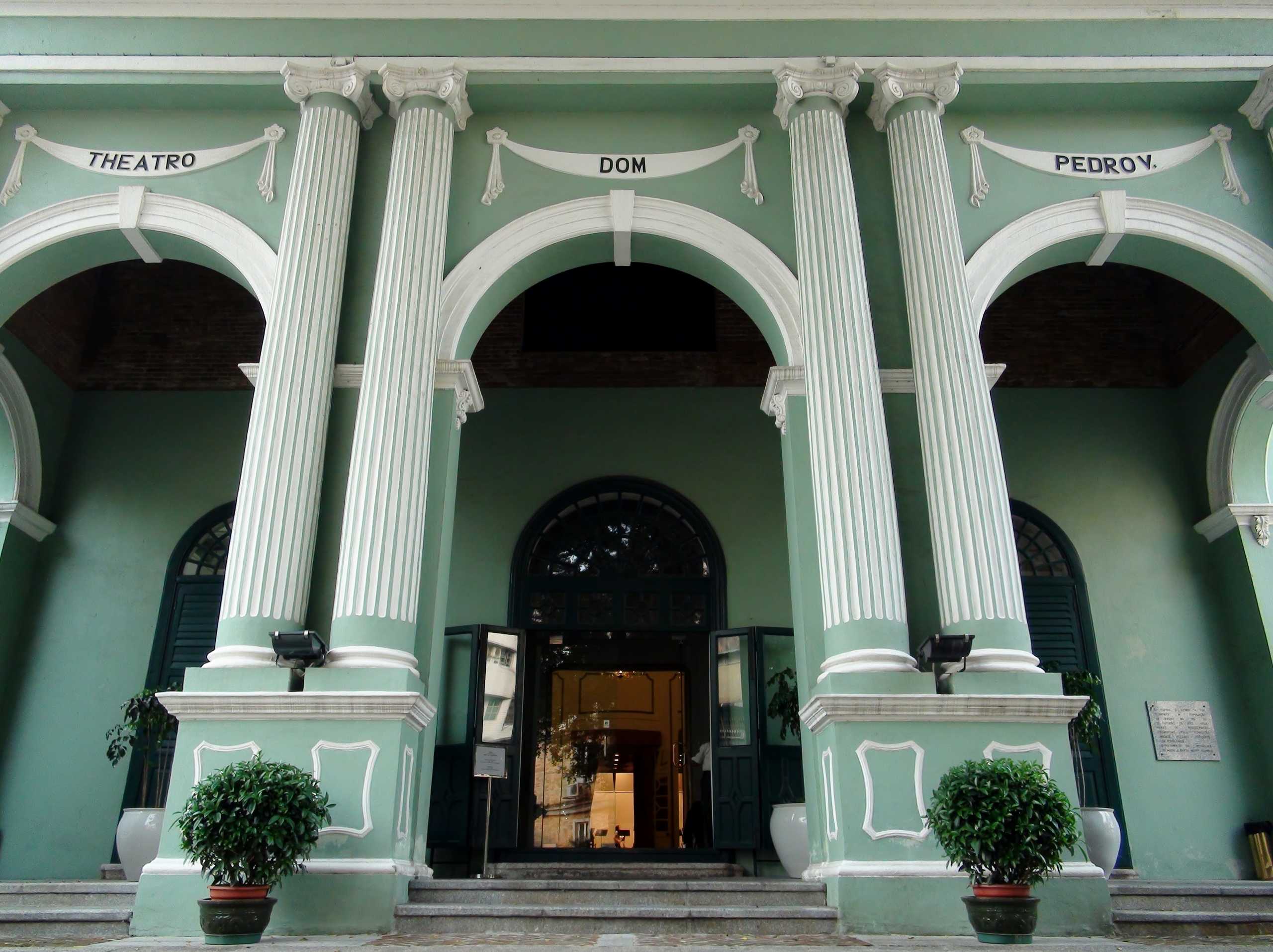
Photo credit: Sakaori. Source: Wikimedia Commons
Crazy Paris Show: Cabaret Opposite the Church
Based on Paris’ famous Crazy Horse Show, Crazy Paris Show is one of the oldest and most renowned shows in Macau. You might have heard about it happening at the Lisboa Hotel and, recently, at The Parisian Macao. What you probably didn’t know is that it first started at the same place where operas and recitals took place. Frenchman Guy Lesquoy arrived in Macau in the 80s and established the Crazy Paris Show after a young Stanley Ho visited Paris to find out what new entertainment content could he bring to Macau. Dom Pedro V Theatre was a curious location, especially considering where it’s located with St. Agostinho Church right in front of it, which, of course, caused a big stir within the local community. Guy had to then put his diplomatic knowledge in action and manage this with the clergy. With time, the local population became more accepting and even interested in it, so the show went on at the theater until 1986.
Today, the building has an eclectic calendar. Ranging from Chinese opera shows to theatrical pieces and recitals, it’s also home for most of Macao Orchestra and Macao Chinese Orchestra concerts. With a room that’s perfect for this music genre, tickets are frequently sold out, since locals are real fans of these performances. Dom Pedro V Theatre is one of the city’s most appraised and ancient concert halls, and also a place filled with history and really worth a visit. Its classiness and finesse grant the space a unique atmosphere reflecting a period of history rarely found in other buildings in Macau.
Dom Pedro V Theatre Largo de Santo Agostinho, Macau, +853 2893 9646, www.wh.mo/theatre/en

